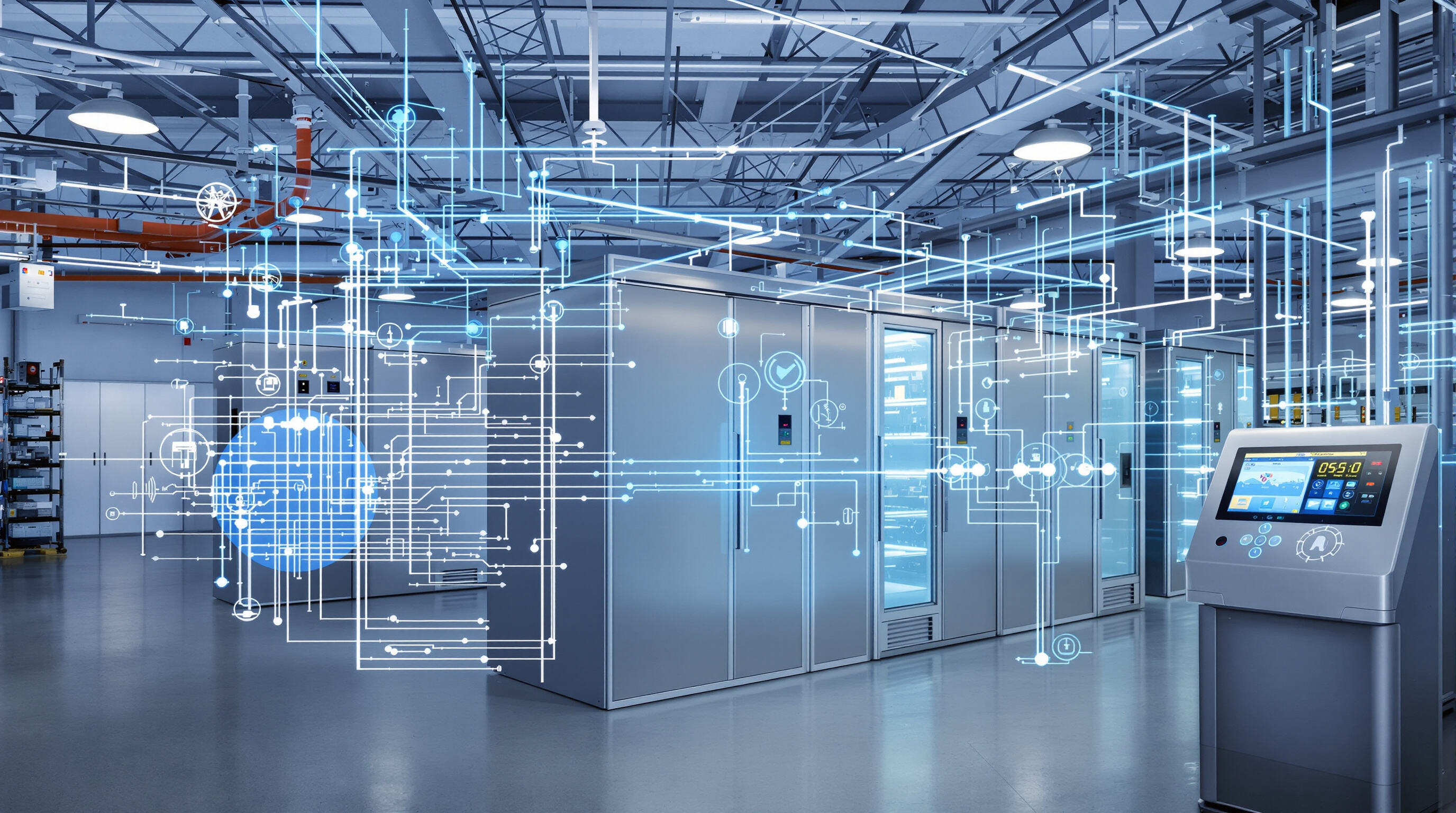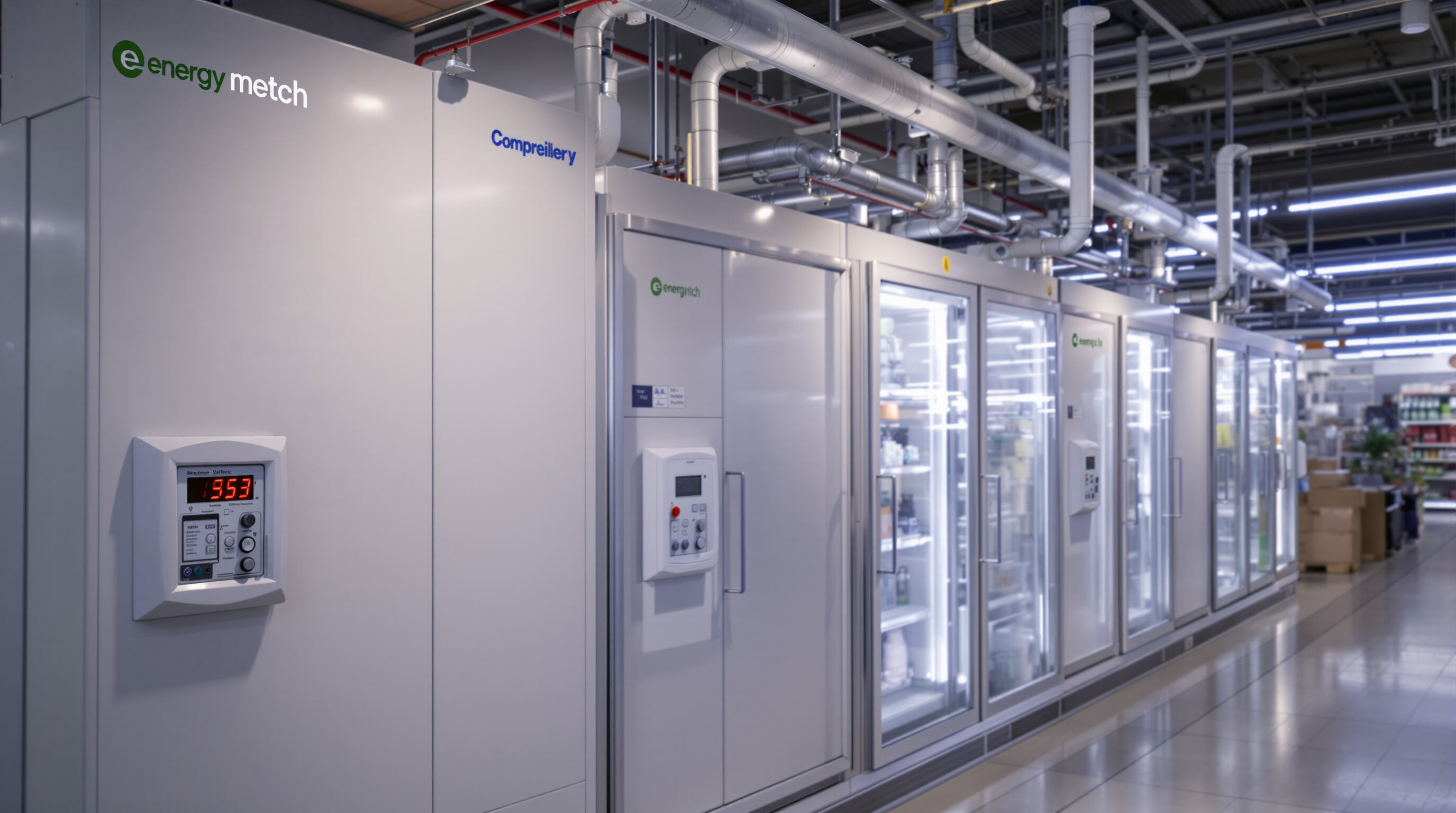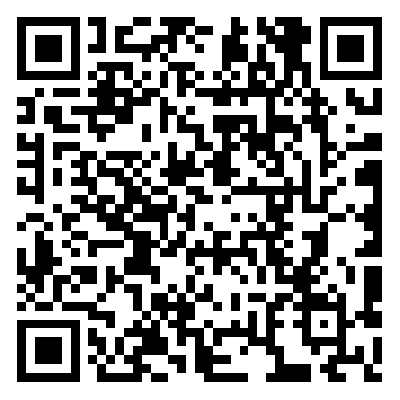News
Smart Temperature Monitoring for Refrigeration Equipment During Peak Hours
IoT Integration in Refrigeration Equipment for Real-Time Monitoring

Today's refrigeration units are getting smarter with the addition of IoT tech, especially when keeping temperatures stable during those busy times when demand spikes. These smart systems have all these connected sensors sending info back to central monitoring stations. Operators can spot temperature changes down to half a degree Celsius almost instantly. For things like storing medicines or perishable foods, this kind of accuracy really matters. A tiny temperature swing could ruin expensive drugs or make food unsafe to eat. That's why many warehouses now rely on these advanced systems to protect their inventory from spoilage and waste.
How smart refrigeration systems leverage IoT for real-time temperature monitoring
IoT-enabled devices form interconnected ecosystems where temperature probes send updates to gateways every 15–30 seconds. This high-frequency monitoring allows early detection of anomalies such as irregular compressor cycling, enabling intervention before failures occur. The continuous data stream supports predictive analytics, improving system responsiveness and operational reliability.
Integration of temperature sensors with centralized networks and smart building systems
Refrigeration units now integrate with building automation protocols like BACnet and Modbus, allowing seamless data exchange across facility systems. A 2023 analysis found that facilities using integrated networks reduced emergency service calls by 38% through predictive alerts derived from shared operational data, demonstrating the value of cross-system visibility.
Remote monitoring capabilities via cloud platforms for commercial refrigeration equipment
Cloud-based dashboards offer real-time oversight with features including:
- Live temperature mapping across multiple zones
- Customizable alerts for door-open events
- Energy consumption analytics comparing peak versus off-peak performance
These tools empower facility managers to monitor performance remotely, respond quickly to issues, and optimize operations across distributed locations.
Case study: IoT-enabled temperature tracking in retail cold storage units
A major grocery retailer deployed wireless sensors across 150 stores, achieving 99.8% temperature compliance during summer demand spikes. The system automatically adjusted defrost cycles when outdoor temperatures exceeded 90°F, maintaining product quality while reducing energy costs—demonstrating how adaptive IoT controls enhance both efficiency and reliability.
Real-Time Alerts and Performance Optimization for Refrigeration Equipment
Monitoring Temperature Fluctuations During Peak Operational Hours
Refrigeration units really struggle during busy times when doors get opened constantly, heat builds up around them, and compressors work overtime. According to a recent industry study from 2024, supermarkets actually see their fridge temperatures rise twice as fast in the afternoons when shoppers are coming and going compared to quiet nights or early mornings. The latest systems now look at door opening records alongside temperature readings to spot problems. For instance, if someone leaves a door open for over 15 seconds multiple times, this can boost compressor running time by almost a quarter according to LinkedIn's industry report last year. Stores using this information can then make smart changes to how they operate their cooling systems.
Automated Alerts for Door Open Events and Critical Temperature Deviations
When temperatures go over safe limits like above 41 degrees Fahrenheit in milk display cases or when doors stay open too long, smart sensors kick in and send out warnings right away. According to data from last year's Smart Operations study, these automatic alerts cut down how long it takes to fix problems by about two thirds compared with checking things manually every now and then. Better systems don't just warn people but actually start fixing issues themselves sometimes. They might change when the freezer thaws or turn on extra cooling if needed. At the same time, they text or email maintenance staff so everyone knows what's happening. This helps stores follow FDA rules that require fixing temperature problems within half an hour when something goes wrong with keeping food cold.
Enhancing Equipment Reliability Through Continuous Performance Tracking
Keeping an eye on how compressors run, checking if evaporators are working properly, and making sure doors seal tight stops around 8 out of 10 equipment breakdowns in stores and restaurants, as shown in the latest Smart Refrigeration Report for 2024. Facility managers who track these things over time get ahead of problems, swapping out worn gaskets before they start leaking or adjusting thermostat settings when seasons change. The result? Equipment lasts anywhere from two to four extra years in service. And businesses save big money too, cutting down those expensive last-minute repairs by about eighteen thousand dollars each year at every location. A recent study done over twelve months in warehouses backs this up.
Energy Efficiency and Smart Load Management During Peak Demand

Refrigeration equipment consumes 40% more energy during peak hours due to increased compressor cycling and ambient heat. This surge impacts both operational costs and grid stability, with commercial systems drawing up to 30 kW during temperature spikes (U.S. DOE 2023).
Smart Temperature Control Strategies to Reduce Energy Demand
IoT sensors optimize compressor operation by tracking real-time thermal loads and occupancy patterns. Facilities using adaptive cooling cycles have reduced compressor activations by 18% during peak periods through machine learning-driven load prioritization, minimizing energy waste without sacrificing temperature stability.
Adaptive Cooling Cycles and Dynamic Load Management Using Usage Pattern Data
By analyzing historical data on door usage, defrost cycles, and product turnover, smart systems:
- Pre-chill storage zones ahead of forecasted demand surges
- Delay non-essential cooling during grid stress events
- Coordinate multi-unit operations to avoid simultaneous power draws
The U.S. Department of Energy reports these strategies deliver 23% average energy savings in smart refrigeration systems during peak hours by leveraging thermal inertia effectively (2023 study). This efficiency enables operators to meet sustainability goals while maintaining ±0.5°C temperature consistency under high-demand conditions.
Frequently Asked Questions (FAQ)
Why is IoT important for refrigeration equipment?
IoT is crucial for refrigeration equipment because it provides real-time monitoring and data analytics that enhances temperature stability and operational efficiency, especially for sensitive goods such as medicines or perishable foods.
How do IoT sensors help in energy efficiency for refrigeration systems?
IoT sensors optimize energy efficiency by adapting compressor operation based on real-time thermal load and occupancy patterns, achieving up to 23% energy savings during peak hours.
Can IoT-enabled refrigeration systems automatically adjust to temperature changes?
Yes, IoT-enabled systems can automatically adjust to temperature changes by using data analytics and predictive alerts, ensuring compliance and minimizing waste.
 After-Sales:
After-Sales:
 EN
EN
 AR
AR
 HR
HR
 NL
NL
 FI
FI
 FR
FR
 DE
DE
 EL
EL
 HI
HI
 IT
IT
 PT
PT
 RO
RO
 RU
RU
 ES
ES
 TL
TL
 ID
ID
 SL
SL
 VI
VI
 ET
ET
 MT
MT
 TH
TH
 FA
FA
 AF
AF
 MS
MS
 IS
IS
 MK
MK
 HY
HY
 AZ
AZ
 KA
KA
 UR
UR
 BN
BN
 BS
BS
 KM
KM
 LO
LO
 LA
LA
 MN
MN
 NE
NE
 MY
MY
 UZ
UZ
 KU
KU









